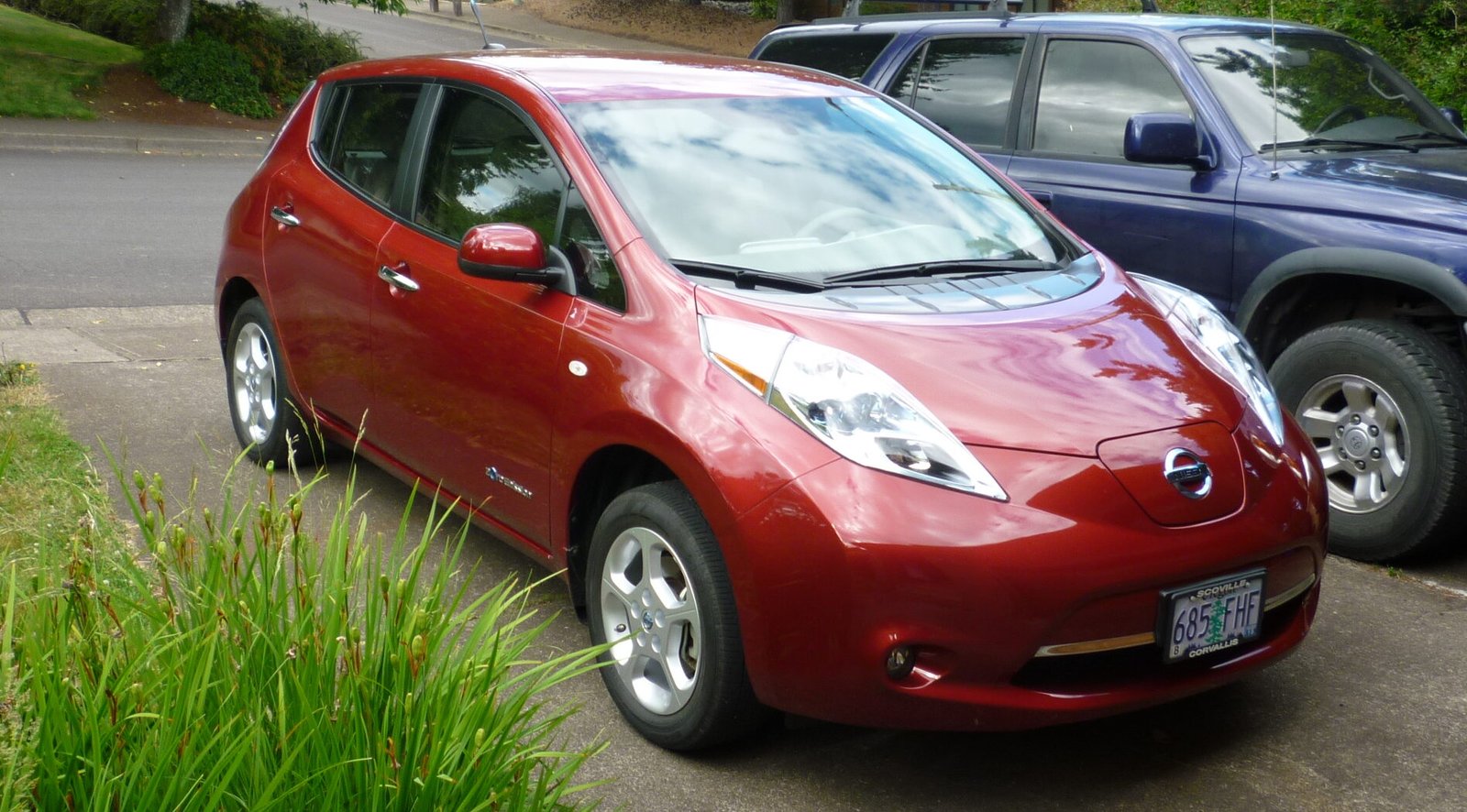
Three stories show progress on our pathway to a better climate future
I bet you could use some good news today. I’ve been following three climate progress stories this month that illustrate movement toward a safer climate and a better world. Below are quick summaries of each of them with links you can use to learn more. I hope these stories encourage and inspire you!
One: The fossil fuel sector is increasingly losing its social license to operate. This month, the Vatican urged the 1.2 billion Catholics on earth to divest from fossil fuel investments. This is the latest in a string of increasingly big wins for the fossil fuel divestment movement. Since January, Citigroup, JP Morgan Chase, and others have pledged to stop investing in the dirtiest fossil fuels. Many faith groups, universities and pension funds have declared that it is unethical (and unwise) to invest in the destruction of the earth’s climate. If the financial sector stops financing fossil fuel extraction refining and transport, the chances of preventing a runaway climate catastrophe increase.
Two: More businesses with deep pockets and vast resources are announcing plans and beginning to act to decarbonize their energy systems and contribute to climate solutions. This month Lyft committed to transitioning to 100% EVs (electric vehicles) by 2030. Transportation is the largest source of greenhouse gases in the U.S., as well as a huge contributor to local air pollution. Lyft’s commitment will help reduce these impacts, and it will also increase trust in EVs, which is a critical step for widespread adoption. Ford Motors announced plans for carbon neutrality by 2050, which will require a huge commitment to EVs and other climate-friendly changes. Other companies that have recently upped their commitments to climate action include Unilever, (one of the biggest consumer goods companies in the world), Amazon, Microsoft, and Ikea.
Three: Renewable energy is taking over the U.S. electricity grid, even without help from the federal government. The coronavirus pandemic has accelerated this trend, and a grid that’s powered by clean energy is rapidly becoming both technically feasible and economically competitive. A new study shows that falling costs combined with breakthroughs in storage have made it feasible to get to 90% renewable electricity in the U.S. in just 15 years while lowering costs. This level of technological progress and economic viability for renewables was unimaginable ten or even five years ago, but today, we have the ability to quickly transition our electrical grid to renewables affordably.



